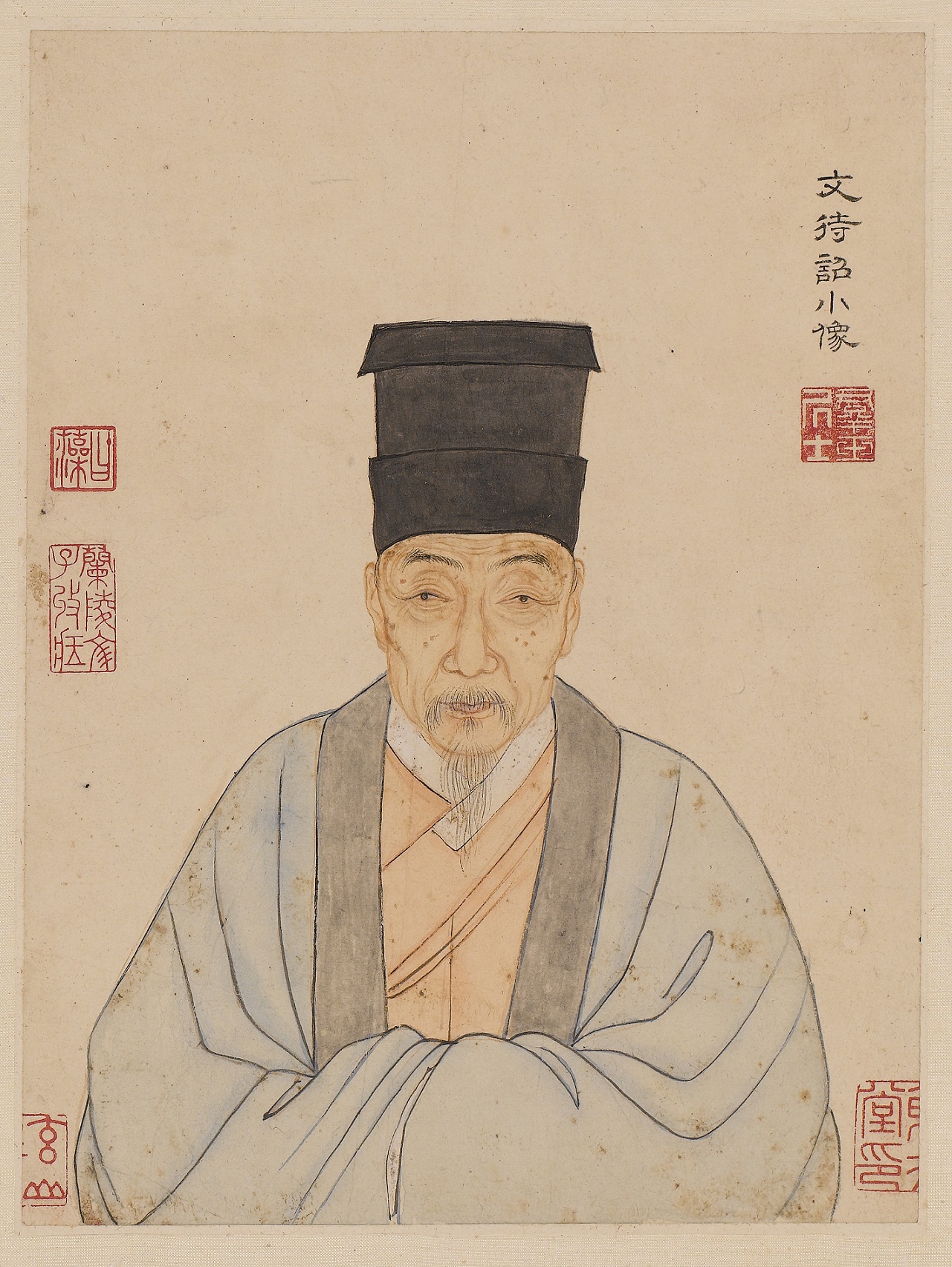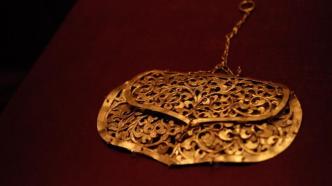
"The Khitans live in the clouds and sand, and their chariots are like water, horses and dragons. When spring comes, the grass is ten thousand miles bright, and peonies and peonies are alternately red." Khitan is a prestigious title. To this day, Russia and other Slavic-speaking countries still refer to China as "Китай". The pronunciation is transliterated from "Khitan", which shows its influence. So, what kind of nomadic people are the Khitan, and what kind of little-known history has it experienced?
On March 30, "There are Beauties in the North - Exhibition of Liao Dynasty Women's Cultural Relics by the Inner Mongolia Autonomous Region Institute of Cultural Relics and Archaeology" was put on display at the Suzhou Museum. The Paper saw it at the scene. Different from previous Liao Dynasty cultural relics exhibitions, this exhibition Focusing on Khitan women, especially aristocratic women of the Liao Dynasty. Through gold, silver, jade, lacquer, amber, glass and other exquisite cultural relics of different textures and types, the broad-mindedness and self-confidence of the northern nomadic women's "natural instinct to bend the bow and hunt" and "horses and cattle are at home" are presented. This is the first time that Khitan Liao Dynasty cultural relics exhibition has been held in China with the theme of Khitan Liao Dynasty women.

The engraved gold purse on display was unearthed in 1986 from the tomb where Princess Chen and her consort were buried together in Naiman Banner, Tongliao City. Note: All pictures of the exhibition in this article were taken by The Paper reporter Li Mei
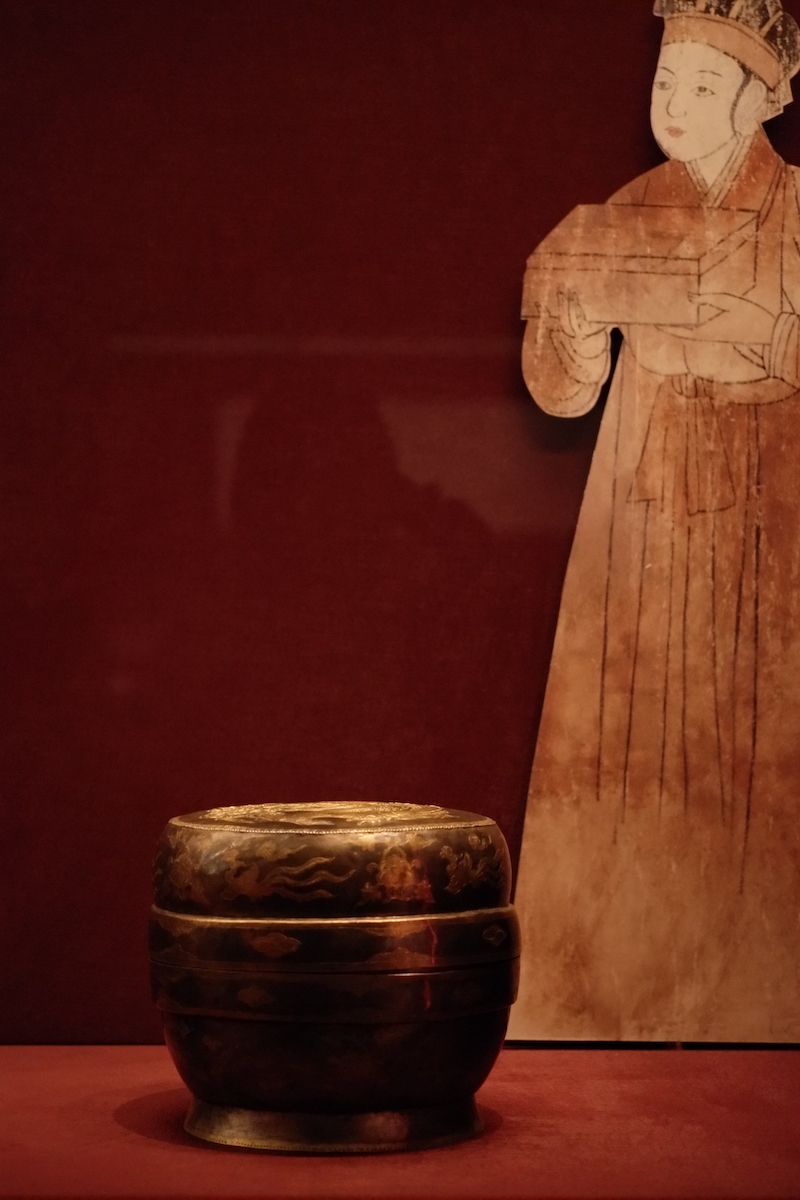
Exhibition site
Focusing on Liao Dynasty women for the first time: showing the confidence and boldness of Khitan women
"In 2022, the Suzhou Museum 'invited' ten ancient Dong women to Suzhou under the name 'Beauty Surnamed Dong' to show the audience the stories behind them; in 2023, the Suzhou Museum also 'Leaving the Luxiang Garden' In the name of the exhibition, it displays exquisite paintings and embroideries from the Song and Yuan Dynasties to the present. It also deeply explores the stories behind the art of embroidery from the perspective of women’s history, and presents Su embroidery culture from a new perspective. This exhibition is sponsored by the Suzhou Museum and the Inner Mongolia Autonomous Region Cultural Relics and Archaeological Research Institute Jointly planned, it is the first time that Khitan and Liao Dynasty cultural relics exhibitions have been held in China with the theme of Khitan and Liao Dynasty women." According to Sun Mingli, deputy director of the Suzhou Museum, this exhibition is also the first in the Suzhou Museum's "Women Series Special Exhibition" Issue three.
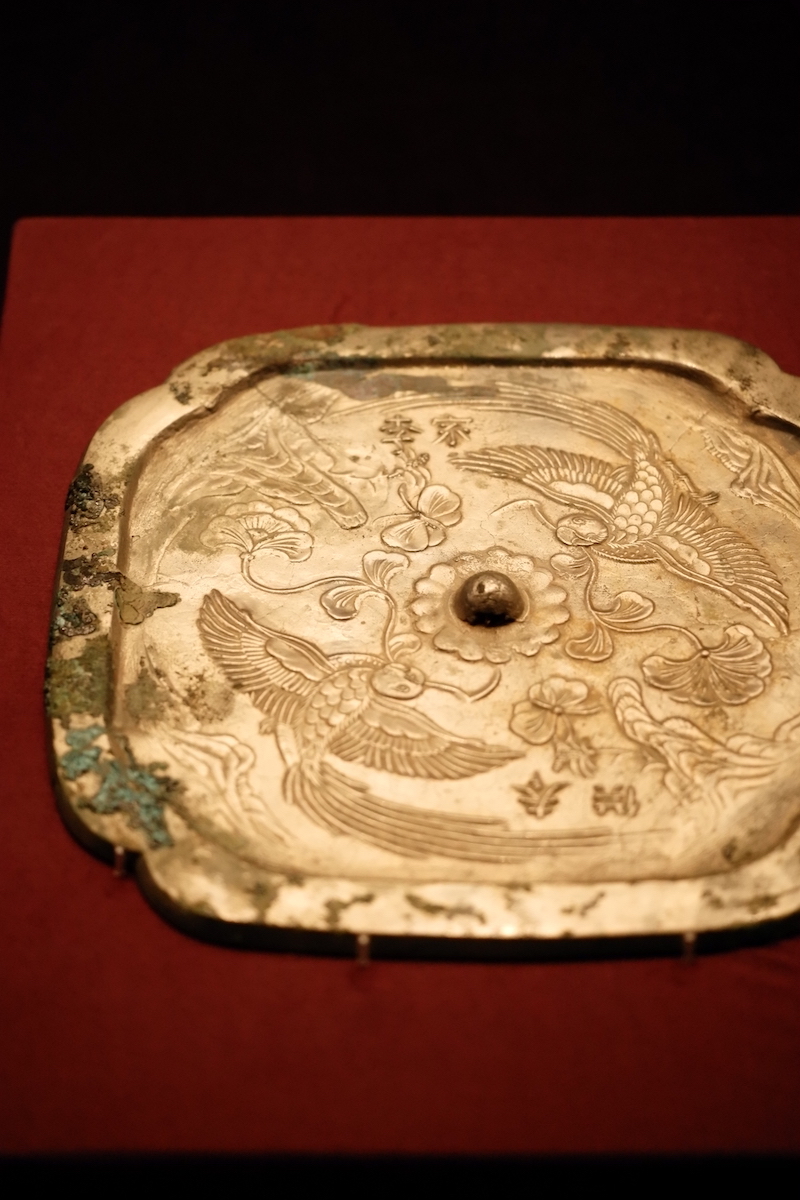
The bronze mirror "Li Family Enshrinement" on display was unearthed from the Liao Tomb in Turki Mountain, Horqin Zuoyihou Banner, in 2003
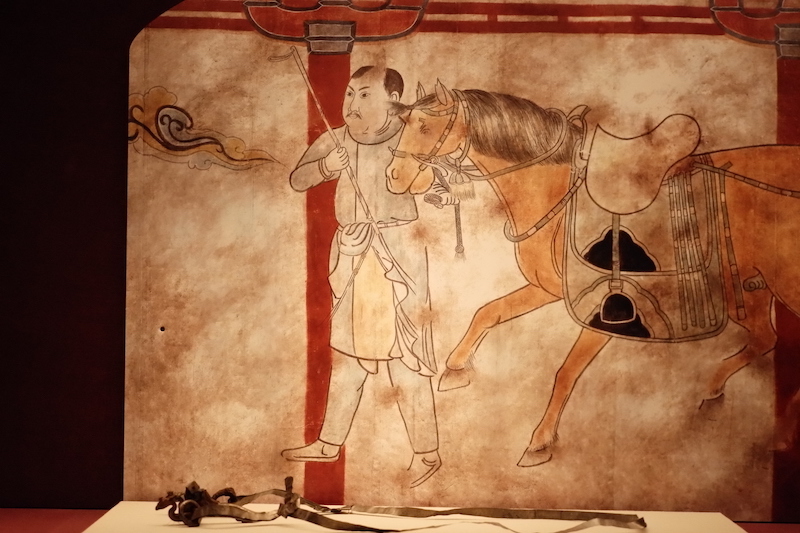
"There are Beauties in the North - Exhibition of Liao Dynasty Women's Cultural Relics by the Inner Mongolia Autonomous Region Institute of Cultural Relics and Archeology"
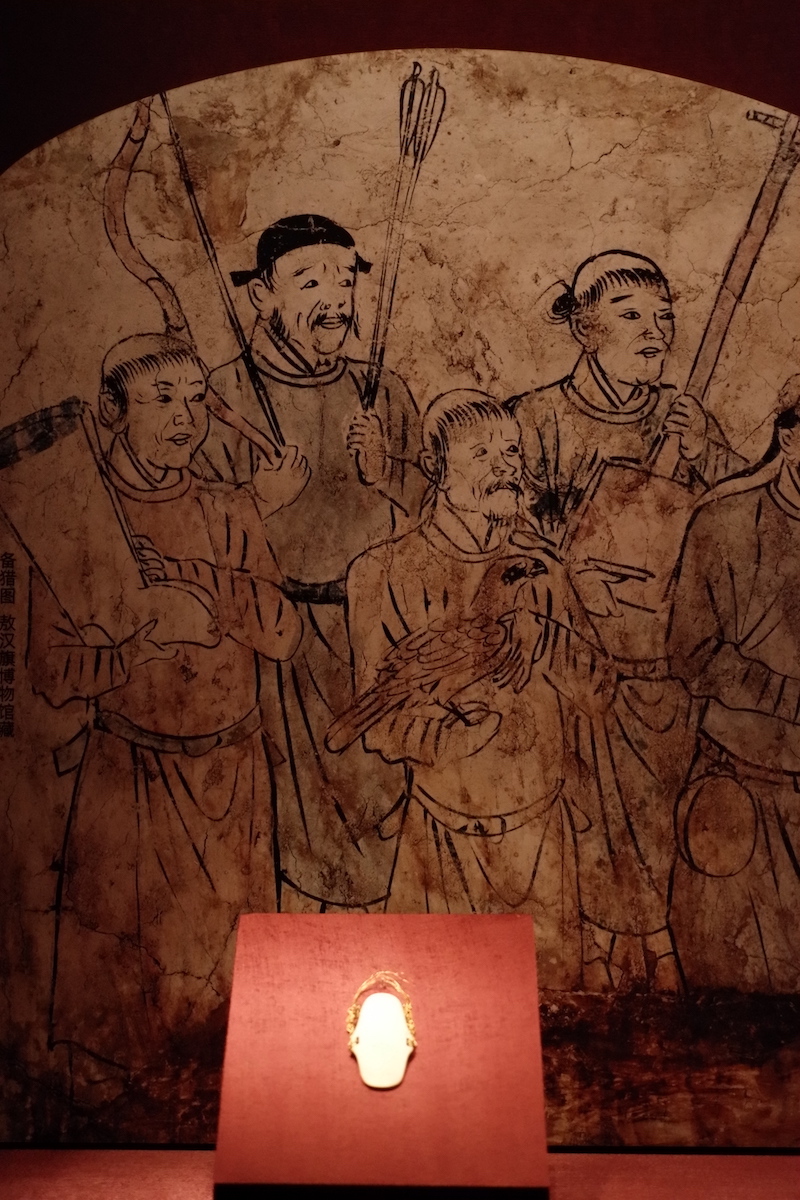
"There are Beauties in the North - Exhibition of Liao Dynasty Women's Cultural Relics by the Inner Mongolia Autonomous Region Institute of Cultural Relics and Archeology"

Sending Brocade Picture (Copy) Picture provided by Suzhou Museum
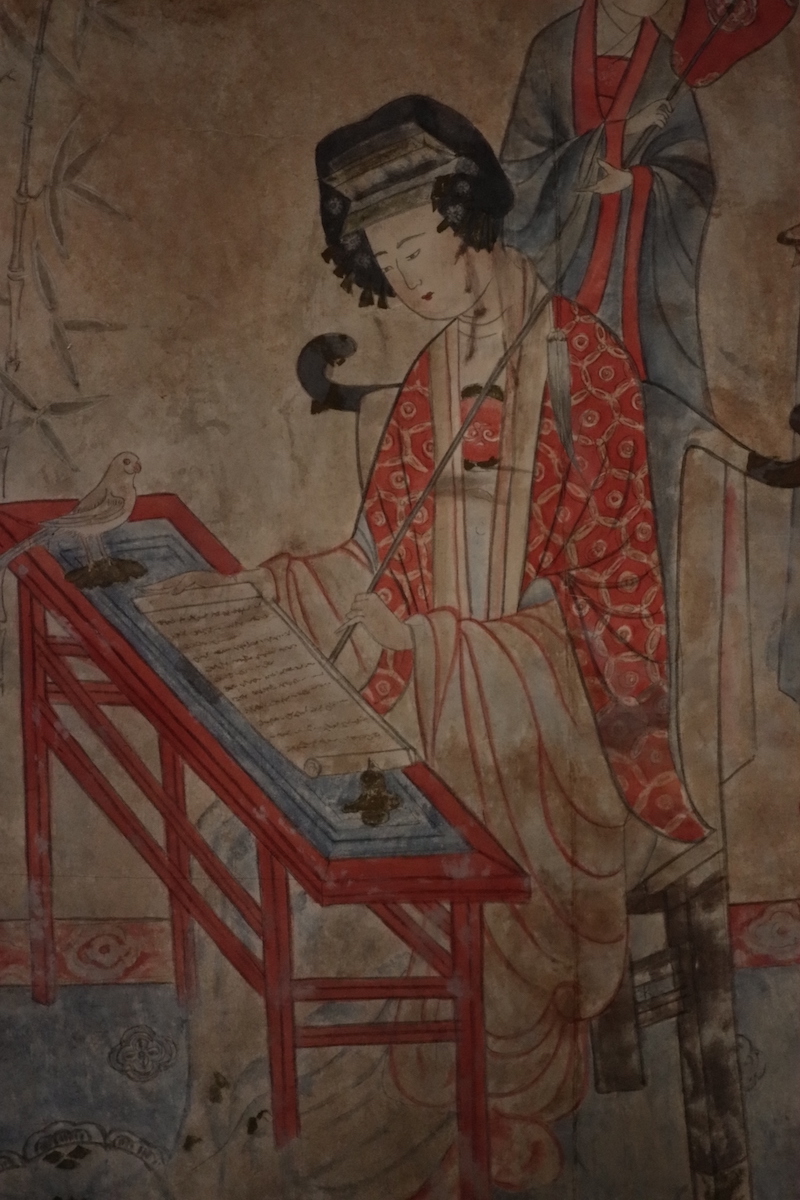
"There are Beauties in the North - Exhibition of Liao Dynasty Women's Cultural Relics by the Inner Mongolia Autonomous Region Institute of Cultural Relics and Archeology"
This exhibition focuses on Khitan women, especially aristocratic women of the Liao Dynasty. The exhibition brings together the major archaeological discoveries of the Liao Dynasty such as the tomb of Princess Chen in 1986, the Turgi Mountain Tomb in 2003, and the tomb of the concubine Shengzong of Liao in 2015. It displays different textures and types of gold and silverware, jade, lacquerware, amber, glass, etc. The exquisite cultural relics fully demonstrate the broad-mindedness and self-confidence of the northern nomadic women's "natural instinct to bend the bow and hunt" and "call their horses and cattle home wherever they go".
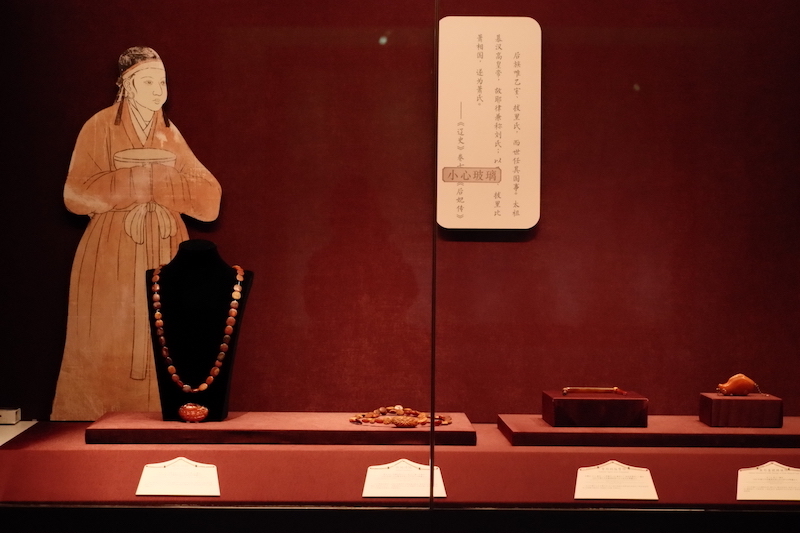
"There are Beauties in the North - Exhibition of Liao Dynasty Women's Cultural Relics by the Inner Mongolia Autonomous Region Institute of Cultural Relics and Archeology"

The amber accessories in the wild goose-shaped box on display were unearthed in 1986 from the tomb of Princess Chen Guo and her consort in Naiman Banner, Tongliao City.
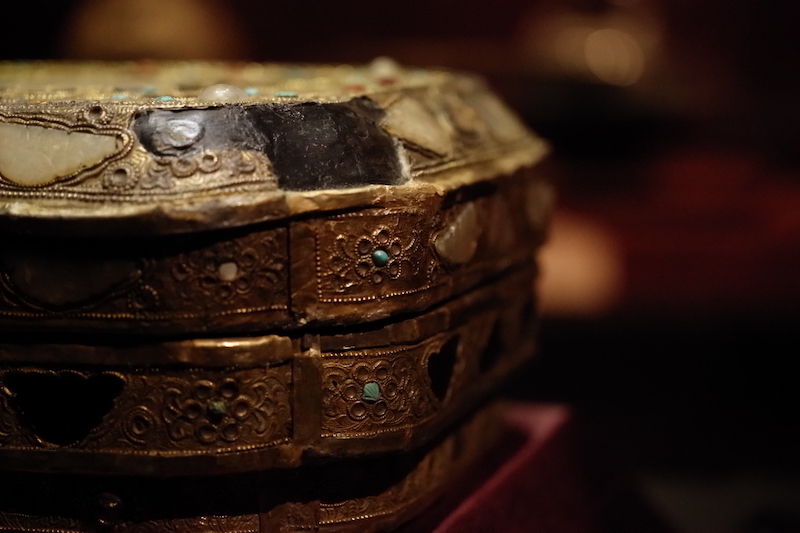
A gilt, silver-coated lacquer box inlaid with precious stones was on display. It was unearthed from the Liao Tomb in Turji Mountain, Horqin Zuoyihou Banner, in 2003.
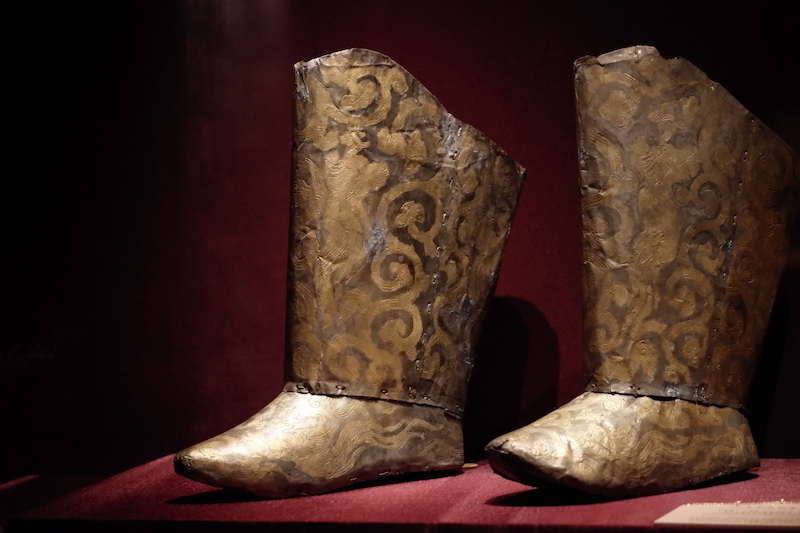
The princess's gold and silver boots with cloud and phoenix patterns on display were unearthed in 1986 from the tomb of Princess Chen and her consort in Naiman Banner, Tongliao City.
Sun Jinsong, director of the Inner Mongolia Autonomous Region Institute of Cultural Relics and Archeology, said at the scene that in the north, grassland civilization and Central Plains civilization have been colliding, communicating and integrating for thousands of years. Among them, the Liao Dynasty established by the Khitan people dominated northern China for more than 200 years, leaving profound traces of the multi-ethnic co-creation of China. This exhibition displays more than a hundred pieces (sets) of precious cultural relics, covering gold, silver, bronze, jade, lacquer, agate, amber, crystal, glass, and ceramics, all of which are fine products unearthed from archaeological excavations in the Liao Dynasty in recent years. Cultural relics are also physical witnesses of the joint construction of the northern frontier of the motherland by all ethnic groups.
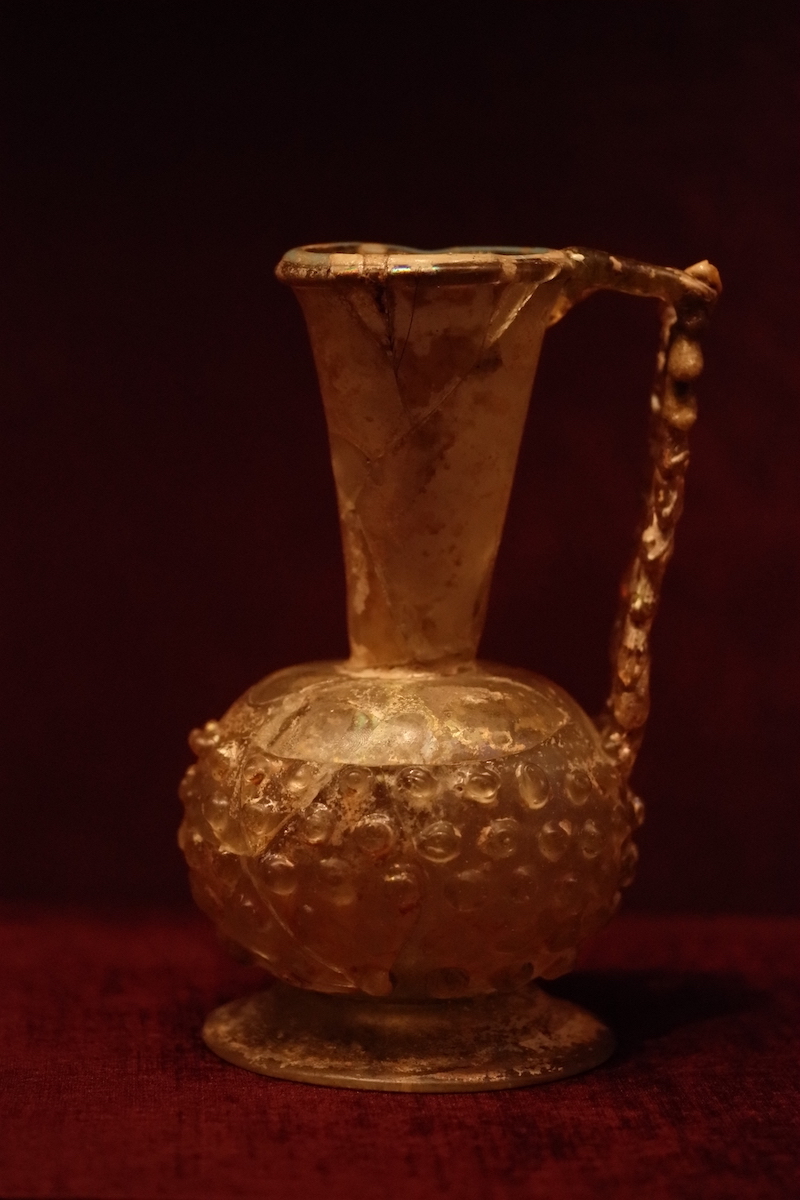
The high-necked glass bottle with a nail pattern on display was unearthed in 1986 from the tomb of Princess Chen and her consort in Naiman Banner, Tongliao City.
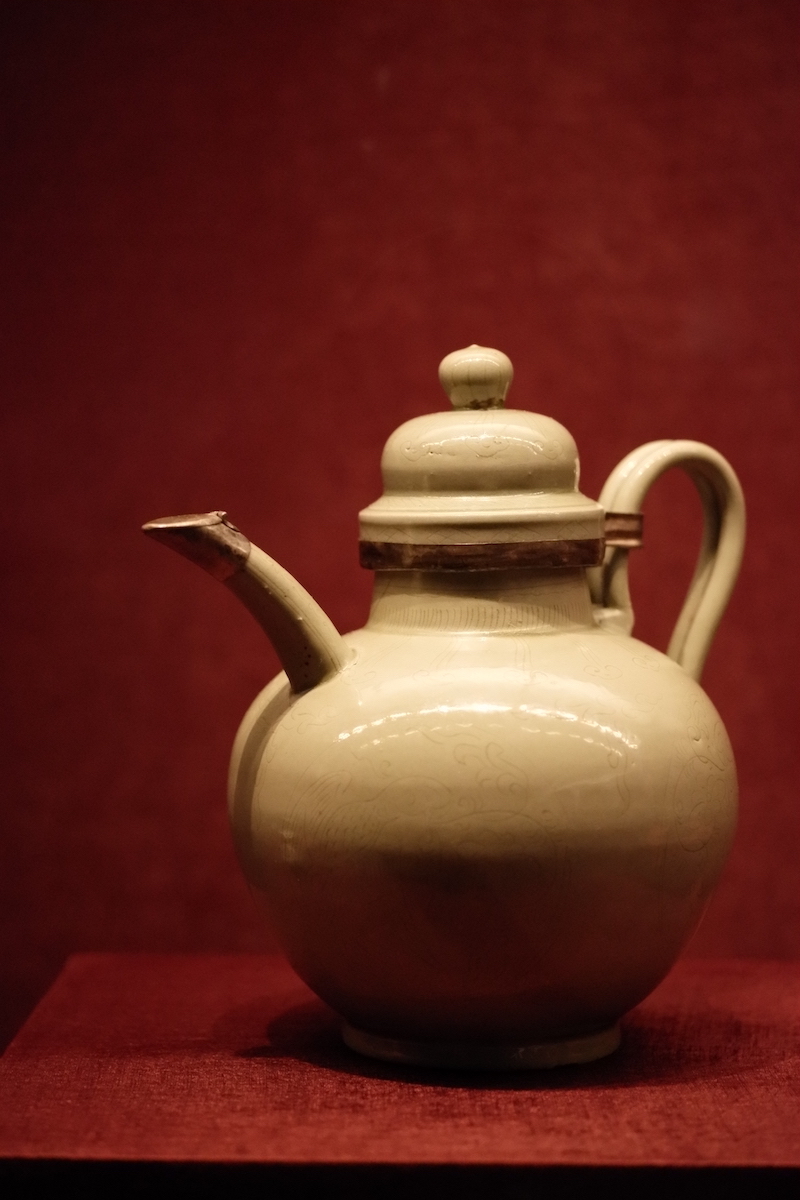
The silver buckle celadon ewer on display was unearthed from Xiaowangli Gou Liao Tomb in Duolun County, Xilingol League in 2015

The green-glazed long-neck lidded kettle on display was unearthed in 1986 from the tomb of Princess Chen and her consort in Naiman Banner, Tongliao City.
Golden light from the grassland: gold and silver vessels unearthed from Liao Dynasty tombs
Entering the exhibition hall, a semi-relief and well-made gold mask attracted many visitors through the petal-shaped exhibition window. "This cultural relic was unearthed from the tomb of Princess Chen and her consort that was discovered in Naiman Banner, Tongliao City in 1986. The mask covered the face of the princess when it was unearthed." Xu Xincheng, the curator of the exhibition and the Academic Research Department of Suzhou Museum, was giving a tour time introduction.

The princess's golden mask on display was unearthed in 1986 from the tomb of Princess Chen and her consort in Naiman Banner, Tongliao City.
"Like other nomadic peoples in ancient China, the Khitan people, the founders of the Liao Dynasty, have a strong preference for gold and silverware. Gold and silverware appeared in the northern grassland areas as early as the Xia and Shang dynasties, ranging from simple decorations to exquisite wine vessels, horses, etc. Through the inheritance and development of Donghu, Xiongnu, Xianbei, Turkic and other tribes, gold and silverware reached its peak during the Khitan and Liao Dynasties, blooming the most dazzling golden light of the grassland," Xu Xincheng said.
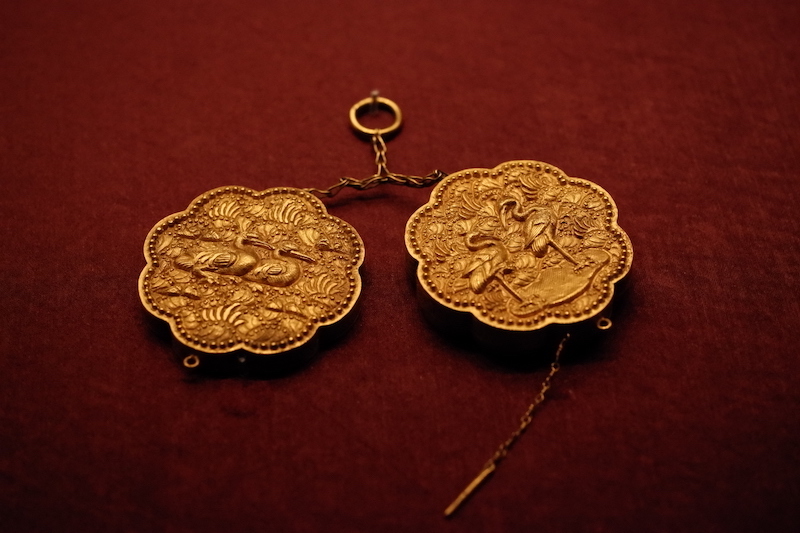
Eight curved curved gold box

The gilt silver medal with peony pattern on display was unearthed in 2003 from the Liao Tomb in Turki Mountain, Horqin Zuoyihou Banner.

The crystal-embedded toad-shaped gold ring on display was unearthed in 2003 from the Liao Tomb in Turki Mountain, Horqin Zuoyihou Banner.
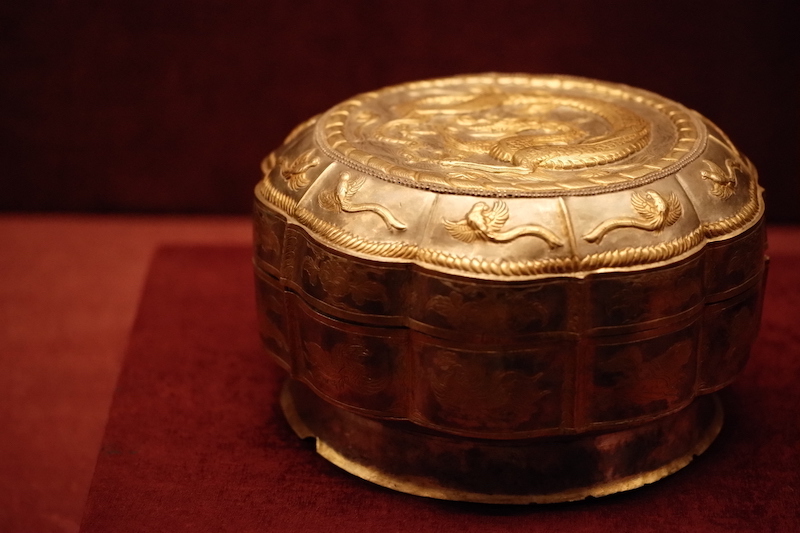
The gold-flowered silver box with dragon pattern on display was unearthed from the Liao Tomb in Turji Mountain, Horqin Zuoyihou Banner, in 2003.
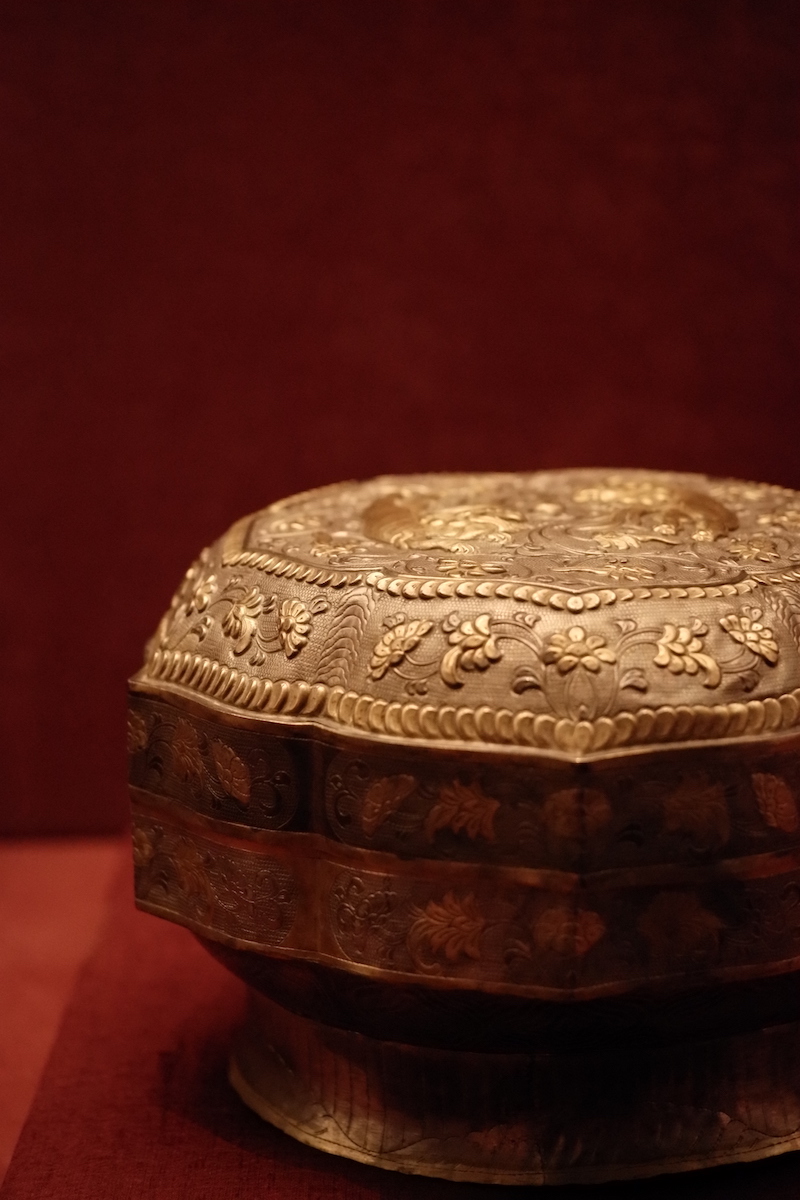
The double lion-pattern gold flower and silver box on display was unearthed from the Liao Tomb in Turki Mountain, Horqin Zuoyihou Banner, in 2003
The Paper reporter saw on the spot that the gold and silverware of the Liao Dynasty mainly include ornaments, containers, tools, horse gear, burial equipment, etc., especially crowns, dowries, jewelry, wine vessels, saddles, etc., which are the most distinctive.
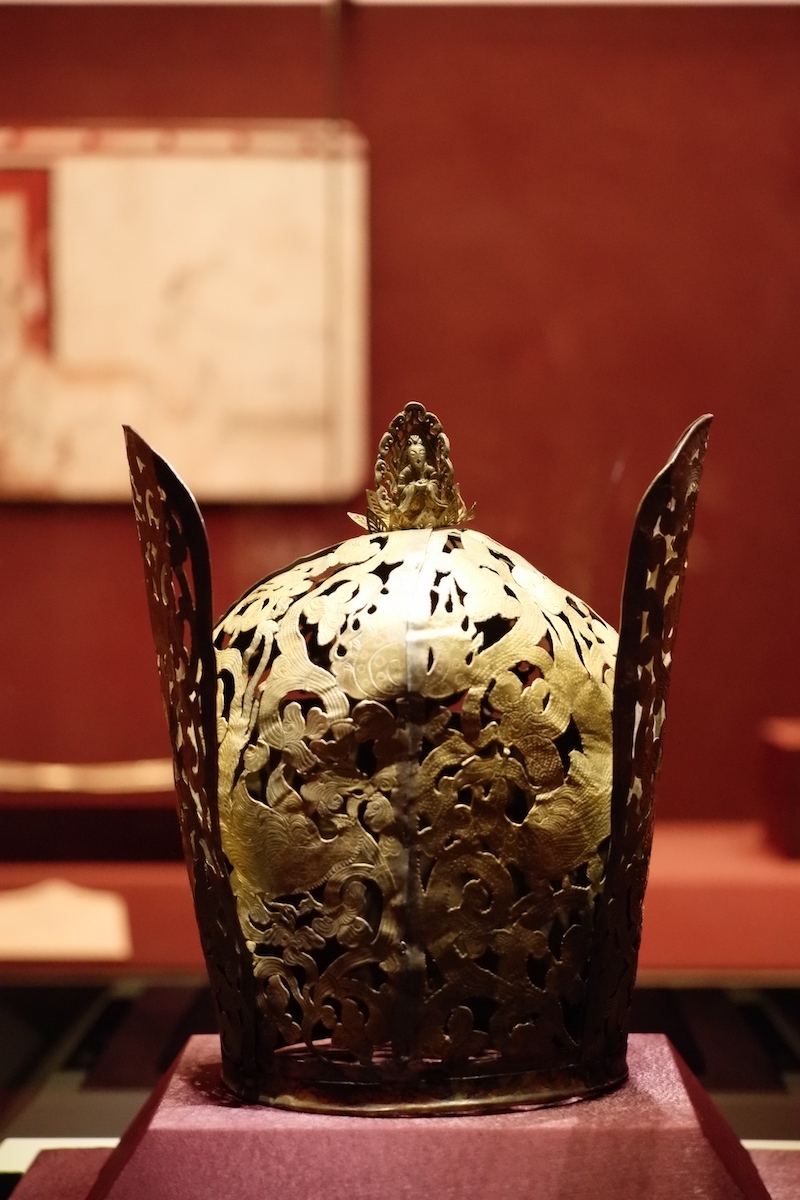
The princess's high-winged gilded silver crown on display was unearthed in 1986 from the tomb where Princess Chen and her consort were buried together in Naiman Banner, Tongliao City.
Among the cultural relics of the Liao Dynasty that came to Subo this time, the gilt silver crown of Princess Chen Guo was in the form of a tall cylinder with a dome and symmetrical vertical wings on both sides. The crown and two wings were made of silver sheets. , the hoop mouth is reinforced with fine silver thread sewing, and the whole body is gilded. The front and two sides of the crown are hollowed out and engraved with flame orbs, phoenixes and cloud patterns. The crown is decorated with a statue of Yuanshi Tianzun, which shows the influence of Taoist culture.
"When this cultural relic was unearthed, it was placed on the left side above the princess's head." Xu Xincheng said that this kind of high-winged golden crown seems to be reserved for noble women. The gilt silver crown worn by the female owner of the Gouliao Tomb is also in the shape of a cylinder with high wings, while the crown worn by the male owner buried in the same tomb is in the shape of a cirrus cloud.
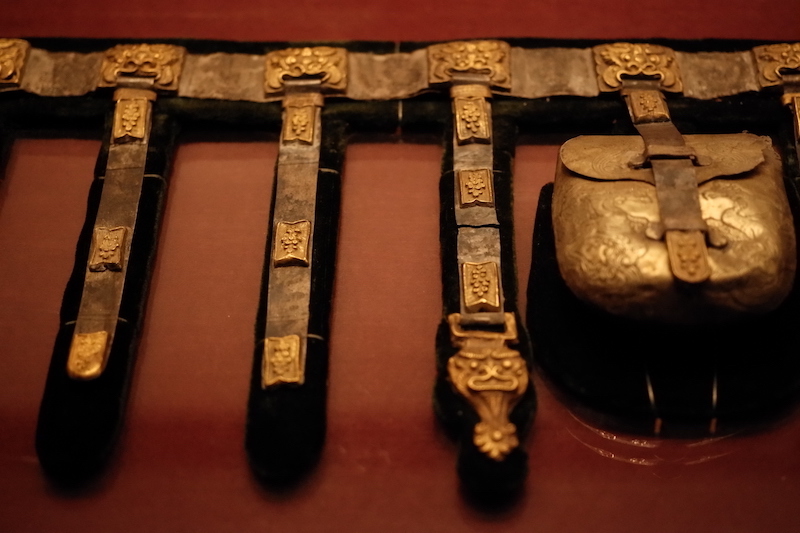
The gold and silver coddle belt on display (part of it) was unearthed in 1986 from the tomb where Princess Chen and her consort were buried together in Naiman Banner, Tongliao City.
Another piece of gold and silver on display unearthed from the tomb of Princess Chen was used by the consort. Each of the 11 square gold belted knives with animal mask patterns is tied with a small belt. Each of the two small belts is tied with a gilt silver bag with a pair of phoenix patterns. When unearthed, there were also amber-handled silver knives and jade-handled silver knives tied to the left and right sides respectively. and silver awls with jade handles, which are the so-called "seven things to do". In the early Tang Dynasty, the belt was once custom-made for officials. It was later abolished and gradually disappeared in the Central Plains. It was no longer seen in the Northern Song Dynasty, but it was still used by the Khitan people and became a fashion.
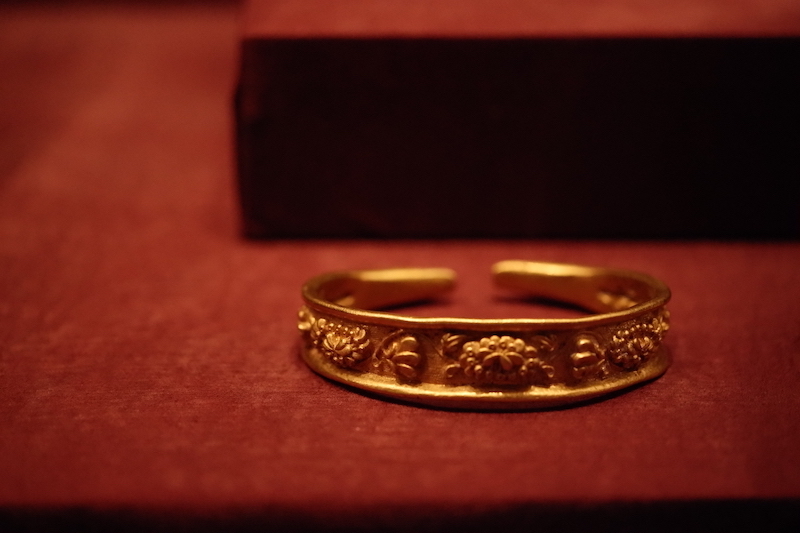
The gold bracelet with entwining flower patterns on display was unearthed in 1986 from the tomb of Princess Chen and her consort in Naiman Banner, Tongliao City.
The two pairs of chiseled gold bracelets worn by Princess Chen on her left and right hands when she was unearthed are also on display in this exhibition. In addition, the long gold and silver plate with Mojie pattern, the eight-sided gold cup with figure pattern, the gold and silver covered bowl with double fish pattern, and the gilt and chiseled silver ear pot are all fine gold and silver wares from the Turgi Mountain Tomb. Representatives of utensils are also featured in the exhibition.

The eight-sided gold cup with figure patterns on display was unearthed from the Liao Tomb in Turki Mountain, Horqin Zuoyihou Banner, in 2003
"They almost completely inherit the craftsmanship and style of the gold and silverware of the Tang Dynasty, and prototypes can be found in similar objects of the Tang Dynasty. For example, the long gold and silver plate with Mojie pattern is very similar to the Tang gilt double-phoenix embossed rhombus silver plate at Dantu Dingmao Bridge. The decoration on the heart of the plate has been changed from double phoenixes to Mojie; the eight-sided gold cup with the figure pattern can be compared with the eight-sided gilt silver cup with the Tang Dynasty music pattern in Hejiacun, Xi'an. Both should be influenced by the Sogdian style; the gold flower with the double fish pattern The silver covered bowl is similar to the gold-flowered silver covered bowl with Tang cluster patterns in Hejia Village. The lotus leaf double fish pattern on the lid and center of the bowl is almost the same as the Tang double fish pattern four-curve silver dish unearthed from Beiyin Village, Shaanxi. The gilt and chiseled silver ear pot is obviously Influenced by Turkic style." Xu Xincheng said.
"You can move at any time, and your chariot and horse are your home": Khitan horse gear is the best in the world
The Khitan people live with horses throughout their lives. In the ethnic origin narrative, horses play an extremely important role. Even after the establishment of political power, the Khitan people still did not give up the tradition of "moving around at any time, and making cars and horses their home." With the five capitals juxtaposed and the four seasons of the year, horses played an irreplaceable role in the Khitan people's travel, hunting, war, and rule. Empress Taizu Yingtian Shuluping, Empress Jingzong Chengtian Xiao Chuo, and Empress Xingzong Renyi Xiao Tarili were all outstanding female politicians and military strategists of the Liao generation. They made their homes on horseback and were good at hunting. Horses have witnessed Their legendary lives.

The gold syringe with chiseled patterns on display was unearthed in 1986 from the tomb of Princess Chen Guo and her consort in Naiman Banner, Tongliao City.

The jade-inlaid silver breastband on display was unearthed in 1986 from the tomb of Princess Chen Guo and her consort in Naiman Banner, Tongliao City.
The Khitan people love horses, so they naturally make elaborate horse gear for decoration, which has earned them the reputation of "Khitan horse gear is the best in the world". On display this time are the jade-inlaid silver horse ruffs, gilt-iron horse bits, silver horse reins, jade-inlaid silver breastbands, gilt-bronze stirrups, silver trouser belts, silver trowel belts, etc. from the tomb of Princess Chen Guo. You can basically observe them. A complete set of Khitan harness and accessories.

The jade-inlaid silver turban belt and silver turban belt on display were unearthed in 1986 from the tomb where Princess Chen and her consort were buried together in Naiman Banner, Tongliao City.
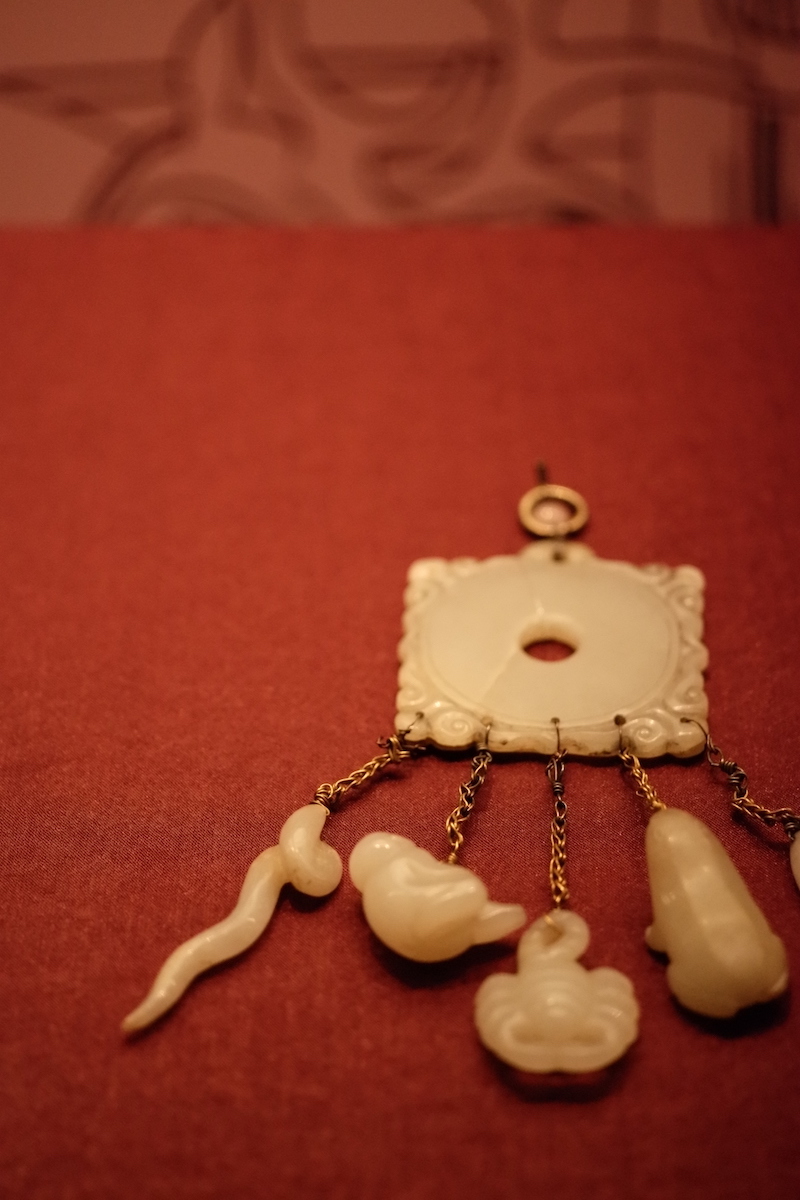
The animal-shaped jade pendant on display was unearthed in 1986 from the tomb of Princess Chen Guo and her consort in Naiman Banner, Tongliao City.
According to the curator, the gold and silverware of the Liao Dynasty inherited and developed the shape, decoration, and craftsmanship of the gold and silverware of the Tang Dynasty. On the basis of maintaining its own tradition, it strived to absorb foreign cultural factors. It was the pinnacle of the development of the gold and silverware of the grassland nomads, and the Liao Dynasty gold and silverware. The jewelry, dowry, horse gear, etc. from the tombs of women from the Liao Dynasty are the essence of the gold and silverware of the Liao Dynasty. They carry the beautiful youth of Khitan women and also store the open and enterprising trend of the Liao Dynasty.

On March 29, the Suzhou Museum held the opening ceremony of "There are Beauties in the North - Exhibition of Liao Dynasty Women's Cultural Relics from the Inner Mongolia Autonomous Region Institute of Cultural Relics and Archeology". Pictures provided by Suzhou Museum

At the opening ceremony of the exhibition, Sun Jinsong (right), director of the Inner Mongolia Autonomous Region Institute of Cultural Relics and Archeology, and Xie Xiaoting (left), director of Suzhou Museum, jointly unveiled the catalog for the special exhibition "Beautiful Women in the North". Picture provided by Suzhou Museum
It is reported that in order to cooperate with the exhibition, a catalog jointly edited by the Suzhou Museum and the Inner Mongolia Autonomous Region Institute of Cultural Relics and Archaeology was also published at the same time. At the opening ceremony of the exhibition held by the Suzhou Museum on March 29, Sun Jinsong, director of the Inner Mongolia Autonomous Region Institute of Cultural Relics and Archeology, and Xie Xiaoting, director of the Suzhou Museum, jointly unveiled the catalog for the special exhibition "Beauties in the North."
The exhibition will last until June 30.


